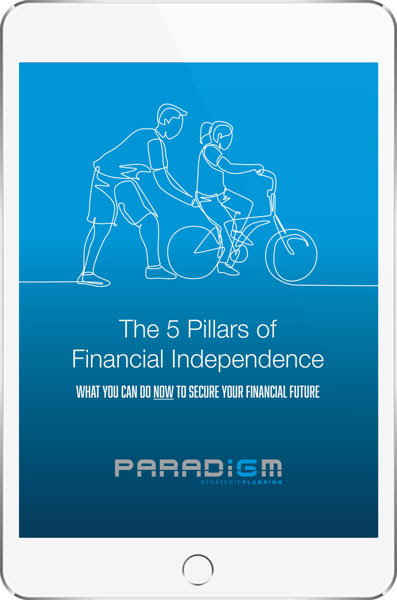Thousands of Australians receive tax refunds every year. Some refunds won’t even cover the cost of a pizza to celebrate, however many are quite substantial. If you’re one of the lucky ones, what will you do with your tax windfall?
If you go out and spend it, all you’re doing is giving part of it back to the government in the form of GST. Sure, it’s nice to splurge once in a while but there are other places you can stash your cash and reap a longer-term benefit. Consider these options:
1. Reduce your mortgage
By paying your tax refund straight into your mortgage, you immediately acquire more equity in your home and reduce the interest. Having more equity in your home also means that you can re-borrow that money again for investment, gearing, or to purchase other assets. So that’s an option that could keep on working for you.
2. Regular investment plan
Consider investing the lump sum and setting up a regular savings investment plan to build it up. This will help you meet future objectives such as a new home, education or new car.
While a certain amount of money in the bank is helpful for emergencies, now could be the time to consider a longer-term plan with assets such as property or shares. You can invest in a managed fund with an initial deposit of $1,000 and make monthly contributions. Keep in mind that your choice of which investment markets (or combination of markets) your preferred managed fund invests will determine the level of volatility and future growth characteristics. There are also likely to be tax benefits from franking credits.
3. Superannuation contributions
Your superannuation fund will surpass any other investment vehicle simply due to the law of compounding … and your contributions are taxed at only 15%*. Whilst superannuation funds remain the most tax-effective haven and thus the best way to grow your investments, the downside is that once your money is contributed it’s usually not accessible until you retire and just like a managed fund your choice of which investment markets (or combination of markets) your super fund invests will determine the level of volatility and future growth characteristics.
The moral of this story is to have a plan and then apply it. Work out where your tax refund will work best for you then talk your decisions through with us to ensure the best outcome is achieved for you.
_________________________________
* On income less than $250,000 per annum
More like this
 If you like this article, you might be interested to know that we share useful thoughts and information like this in our monthly financial insights email. You can subscribe to that email here. All subscribers receive a copy of our e-book: The 5 Key Pillars of Financial Independence.
If you like this article, you might be interested to know that we share useful thoughts and information like this in our monthly financial insights email. You can subscribe to that email here. All subscribers receive a copy of our e-book: The 5 Key Pillars of Financial Independence.
General Advice Disclaimer
This article contains general advice only, which has been prepared without taking into account the objectives, financial situation or needs of any person. You should, therefore, consider the appropriateness of the information in light of your own objectives, financial situation or needs and read all relevant Product Disclosure Statements before acting on the information. Whilst every care has been taken to ensure the accuracy of the material, Paradigm Strategic Planning or Sentry Advice Pty Ltd will not bear responsibility or liability for any action taken by any person, persons or organisation on the purported basis of information contained herein. Without limiting the generality of the foregoing, no person, persons or organisation should invest monies or take action on reliance of the material contained herein but instead should satisfy themselves independently of the appropriateness of such action.
Paradigm Strategic Planning Pty Ltd is an Authorised Representative of Sentry Advice Pty Ltd AFSL 227748
